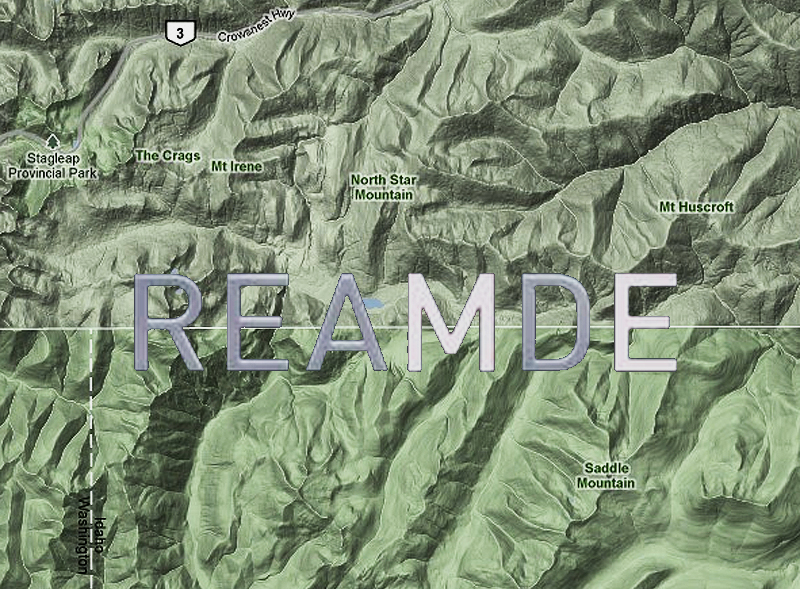Neal Stephenson’s latest book REAMDE is an impressive achievement. He manages to fill it with a wealth of detail without stalling the story’s momentum. And though it is hardly a traditional novel of ideas, it provides the raw material for searching reflections on the role fiction plays in our lives. The fantasies it mobilizes are so artfully presented that they are able to seduce readers deeply troubled by their implications. This is why REAMDE is such a compulsive page turner, a book of over 1000 pages that feels half that long.
Like Snow Crash, Stephenson’s breakthrough 1992 novel about the not-so-distant future, REAMDE turns on the relationship between two worlds. The first one is basically the world we live in today, but with the levels turned all the way up. We classify it as real, even as we acknowledge — along with the characters in the book — that the plot seems surreal to the vast majority of people.
The second world is located on the internet, in the form of a massively multiplayer online game called T’Rain. One of the novel’s principal characters, Richard Forthrast, is the driving force behind the game’s success and has become extremely wealthy as a consequence. Others are longtime players. And some learn to play out of necessity as the plot unfolds.
Like the Metaverse, the virtual world in Snow Crash, T’Rain makes it possible for individuals who are relatively insignificant in real life to attain tremendous power. But it stops short of inverting the order of things. Because succeeding in the game usually requires a substantial monetary investment, well-off players find it easier to succeed than impoverished ones. The latter must work harder to get ahead, a circumstance that leads to the formation of groups in which players pool their resources and coordinate collective action.
That’s where the novel’s title — no, REAMDE is not a typo — comes in. The misspelled word refers to a virus crafted by a young T’Rain player, a hacker, in the south of China who, together with a large band of supporters, undertakes to extort a ransom from many of the game’s wealthier devotees. The idea is that people whose computers get infected while playing T’Rain will deposit the equivalent of a modest sum of $73 at a specified geographic location within the world of the game. Because so many computers are infected, millions of dollars should eventually pass to the hacker’s collective.
Because the REAMDE virus radically increases T’Rain’s influence on the real world, however, these plans go awry. One of the people affected by the virus, a Russian mobster named Ivanov, becomes enraged when he learns that it will expose him to charges of embezzlement. He quickly puts together a commando unit and flies to the Chinese city of Xiamen, where the hacker is living, with the intention of personally making his extreme displeasure known.
This rashly undertaken expedition sets in motion a chain of events that brings an Islamic terrorist organization into the narrative. A series of unlikely, yet somehow still credible plot twists eventually leads most of the novel’s important characters to converge on a rugged area along the Idaho-British Columbia border. For several hundred pages, the world of T’Rain is largely forgotten. But as the novel comes to a conclusion, Richard has a revelation about his character Egdod:
Egdod’s beard was long and white, where Richard’s was just a couple of days’ gray stubble. And Egdod, of course, had no need to carry a huge, looted revolver in his waistband. Hell, Egdod didn’t even have a waistband. But despite all of these differences, Richard still found something hugely enjoyable about the fact that, at the same moment, both he and Egdod were wandering alone across their respective worlds, seeing everything close up in a way that they rarely had a chance to. Getting back in touch with the terrains from which they had sprung, autochthonously, early in their lives.
Coming near the end of what is essentially a protracted chase sequence, in which neither the novel’s characters nor the readers caught up in their exploits have had an opportunity to reflect, this short passage has a powerful impact. Not only have most of REAMDE’s characters been converging on this remote location, so have its two distinct worlds. The largely invisible line dividing Canada from the United States thereby becomes a metaphor for the one dividing the real world from its virtual counterpart.
What until this point has appeared to be a serious flaw in the novel, its abandonment of the T’Rain story halfway through, can now be seen as a clever stratagem for getting readers to ponder the ways in which one world can mirror another. For the real world of the novel is also a fiction, just like T’Rain, providing us the opportunity to follow Richard’s lead in discerning correspondences. We realize that he has been struggling all along to figure out a way to navigate the passage between worlds without depriving them of their autonomy, the same task that engages us when we immerse ourselves in a work of fiction.
As we reconsider the novel with this revelation in mind, we see the problems faced by its characters in a new light. Three hundred pages earlier, the Hungarian computer expert Csongor is forced to learn how to play T’Rain. Because he has no experience of massively multiplayer online gaming, he finds it difficult to inhabit his character with feeling. But this shortcoming gives him the critical distance necessary to analyze the experience dispassionately: “Being in any virtual world, of course, required some ability to suspend one’s disbelief and enter into the consensual hallucination.”
It’s no accident that Csongor achieves this insight while trying to help the Chinese hacker, whose name turns out to be Marlon, convert the virtual gold left behind as ransom payments into money they can spend in the real world. “Consensual hallucination” is not only a requirement for participating fully in the marketplaces of T’Rain, but also those on Earth.
Reconceptualizing the world as a series of interlocking games may increase our understanding of how things work, but that doesn’t guarantee that we will profit as a consequence. The underlying message of REAMDE is that we need to believe in what we are doing if we are to take full advantage of our knowledge. Irony is not an end, but a means, a passage we must traverse in order to find the courage of our convictions.
Because Stephenson subscribes to the libertarian ethos long popular in the high-tech sector, presenting entrepreneurial capitalism in a favorable light, his work can be hard for progressives to stomach. Combine that quality, which runs through all of this fiction, with REAMDE’s willingness to portray radical Muslims with roughly the same subtlety as former President George W. Bush, and it’s understandable that the novel has been subjected to harsh critique on the American Left. But to reject it out of hand as a consequence would be a mistake.
Because whatever political agenda Stephenson may have, he never descends to dogma. Sure, REAMDE wants us to think hard about how we can make money in today’s economy. And it gives the War on Terror the same positive treatment as the long-running American television show 24. What interests Stephenson the most, though, are the mechanisms that make it possible for us to identify with positions like these. More than anything, the novel is a meditation on the ways in which fantasy can shape reality, and the importance of finding fictions worth believing in.





